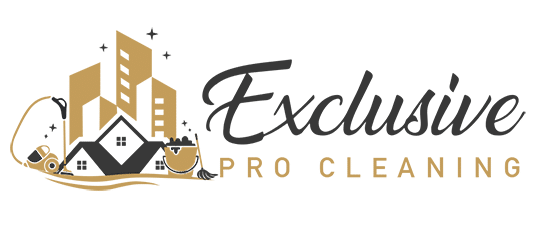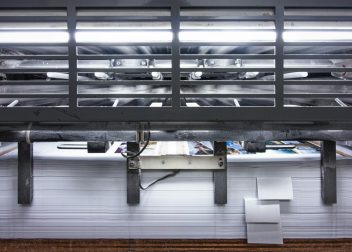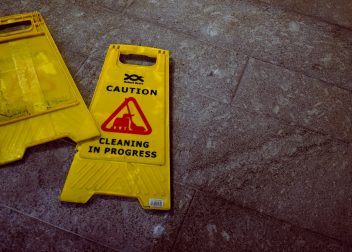The Science of Cleanliness: Understanding How Professional Cleaners Tackle Germs and Bacteria
In an era where hygiene and cleanliness have taken center stage, the science behind professional cleaning methods has become increasingly important. From homes to offices, hospitals to restaurants, the battle against germs and bacteria is ongoing. However, it’s not just about wiping surfaces and spraying disinfectants anymore. Professional cleaners employ a range of scientific principles to ensure thorough sanitation. In this article, we delve into the intricate world of professional cleaning, exploring the techniques and technologies used to combat germs and bacteria effectively.
Understanding Germs and Bacteria
Before diving into the methods used by professional cleaners, it’s crucial to understand the adversaries they’re up against: germs and bacteria. Germs are microscopic organisms that can cause disease, including viruses, bacteria, fungi, and protozoa. Bacteria, in particular, are single-celled microorganisms that can be found virtually everywhere, including on surfaces we come into contact with daily.
While not all bacteria are harmful, some can pose significant health risks if left unchecked. Pathogenic bacteria such as E. coli, Salmonella, and Staphylococcus aureus can cause infections and illnesses ranging from mild to severe. Therefore, effective cleaning strategies must target these microorganisms to maintain a safe and hygienic environment.
The Science Behind Cleaning Products
Professional cleaners rely on a variety of cleaning products specially formulated to eliminate germs and bacteria. These products often contain active ingredients such as disinfectants, surfactants, and solvents, each playing a crucial role in the cleaning process.
Disinfectants are chemicals designed to kill or inactivate microorganisms on surfaces. Common disinfectants include quaternary ammonium compounds, hydrogen peroxide, and sodium hypochlorite (bleach). Surfactants, on the other hand, help to lift dirt and grease from surfaces, allowing the disinfectants to penetrate and kill bacteria effectively. Solvents dissolve stubborn stains and grease, aiding in the overall cleaning process.
Moreover, advancements in cleaning technology have led to the development of environmentally friendly and biodegradable cleaning products. These products offer effective germ-killing properties while minimising harm to the environment and human health.
The Role of Equipment and Tools
In addition to cleaning products, professional cleaners utililise a range of equipment and tools to achieve optimal results. Microfiber cloths and mop heads are preferred for their ability to trap and remove bacteria effectively. Unlike traditional cotton cloths, microfiber materials have finer fibers that can reach into microscopic crevices, ensuring thorough cleaning.
High-powered vacuum cleaners equipped with HEPA (High-Efficiency Particulate Air) filters are essential for removing dust, allergens, and bacteria from carpets and upholstery. HEPA filters can capture particles as small as 0.3 microns, significantly reducing the spread of airborne contaminants.
Furthermore, steam cleaners are becoming increasingly popular in professional cleaning due to their ability to disinfect surfaces using high-temperature steam. Steam effectively kills bacteria and viruses without the need for harsh chemicals, making it an eco-friendly alternative for sanitisation.
The Importance of Technique and Training
Beyond using the right products and equipment, professional cleaners employ specific techniques to ensure thorough sanitation. The “cleaning from top to bottom” method is commonly practiced to prevent recontamination of surfaces. Starting from the highest point in a room, such as shelves or ceiling fans, and working downward ensures that any dust or debris falls onto surfaces that have not yet been cleaned.
Moreover, proper dwell time is crucial when using disinfectants. Dwell time refers to the amount of time a disinfectant must remain wet on a surface to effectively kill germs and bacteria. Professional cleaners follow manufacturer recommendations to ensure that disinfectants have sufficient time to work before wiping surfaces dry.
Additionally, cross-contamination is a significant concern in cleaning. Professional cleaners are trained to use separate equipment and color-coded cloths for different areas to prevent the spread of bacteria from one surface to another. This meticulous attention to detail helps maintain a hygienic environment and reduces the risk of infections.
The Role of Technology in Professional Cleaning
Advancements in technology have revolutionised the professional cleaning industry, offering innovative solutions for germ control and sanitation. UV-C (ultraviolet C) light technology, for instance, is utilised to disinfect surfaces and air by destroying the DNA of microorganisms, including bacteria and viruses. UV-C disinfection systems are particularly effective in healthcare settings where stringent hygiene standards are required.
Similarly, electrostatic sprayers have gained popularity for their ability to apply disinfectants evenly across surfaces. These sprayers positively charge disinfectant particles, allowing them to cling to surfaces and effectively coat hard-to-reach areas. This electrostatic attraction ensures comprehensive coverage and maximises the efficacy of the disinfection process.
Furthermore, robotic cleaning devices equipped with sensors and artificial intelligence are being deployed in various settings to automate routine cleaning tasks. These robots can navigate through spaces, identify dirty areas, and execute cleaning protocols autonomously, reducing the workload for human cleaners while ensuring consistent sanitation standards.
The science of cleanliness is a multifaceted discipline that combines chemistry, biology, and technology to combat germs and bacteria effectively. Professional cleaners leverage a range of cleaning products, equipment, and techniques to achieve thorough sanitation in various environments. From disinfectants and microfiber cloths to UV-C light and robotic cleaners, advancements in cleaning technology continue to drive innovation in the industry. By understanding the science behind professional cleaning methods, we can better appreciate the efforts taken to maintain clean and hygienic spaces, promoting health and well-being for all.
Article Sponsored by:

Website: https://www.exclusiveprocleaning.co.uk
Email: admin@exclusiveprocleaning.co.uk
Telephone: 0161 222 0076



